Kenchuji temple – the largest wooden historical building in Nagoya
2025
10/13
When visiting temples or shrines in Japan, please remember that these are sacred places. Any behavior that shows disrespect — such as touching sacred objects, entering restricted areas, or making noise — can be seen as both culturally offensive and legally punishable under Japanese law (Article 188 of the Penal Code).
日本語版はこちら
Contents
The largest wooden historical building in Nagoya
Other than Kyoto, major cities in Japan don’t have many historical buildings. This is because most cities were bombed by American forces during World War II. Nagoya’s city center was almost completely destroyed as well. As a result, the few historical buildings that remain are those that happened to escape the bombings by chance.
Kenchuji Temple is one of the temples that survived World War II. Some of its structures, built in the 1650s, still remain, making it highly valuable from a historical perspective. However, since Nagoya doesn’t attract much attention, there aren’t many tourists. This makes it a great spot to enjoy quietly, and I highly recommend it.
First, let me explain the gate located at the southern end of the park, which lies just south of the main hall. This gate is called the Sōmon, and it has been preserved in its original form since it was built in 1651.
Next to this gate, there is a small Shinto shrine. This clearly reflects the coexistence of Buddhism and Shintoism throughout history.
The next point of interest is the gate known as the Sanmon. Passing through this gate allows you to enter the grounds of Kenchuji Temple. Like the Sōmon, this gate has remained in its original form since it was built in 1651. Its immense size and majestic appearance make it truly impressive.
The door of the gate is adorned with the Tokugawa family crest, the “Aoi” emblem. Kenchuji Temple was built in 1651 by Tokugawa Mitsutomo, the second lord of the Owari Tokugawa family, to honor his father, Tokugawa Yoshinao, the first lord of the domain.
At the back of the temple grounds lies the mausoleum of the Owari Tokugawa family. However, it is not accessible from the entrance, and visitors cannot enter the mausoleum.
Finally, I’d like to introduce the main hall. It was rebuilt after a fire in 1787 and is the largest wooden structure in Nagoya. You can enter the hall, and surprisingly, it’s free of charge. There are statues of Buddha inside, but I wasn’t sure if photography was allowed, so I didn’t take any pictures.
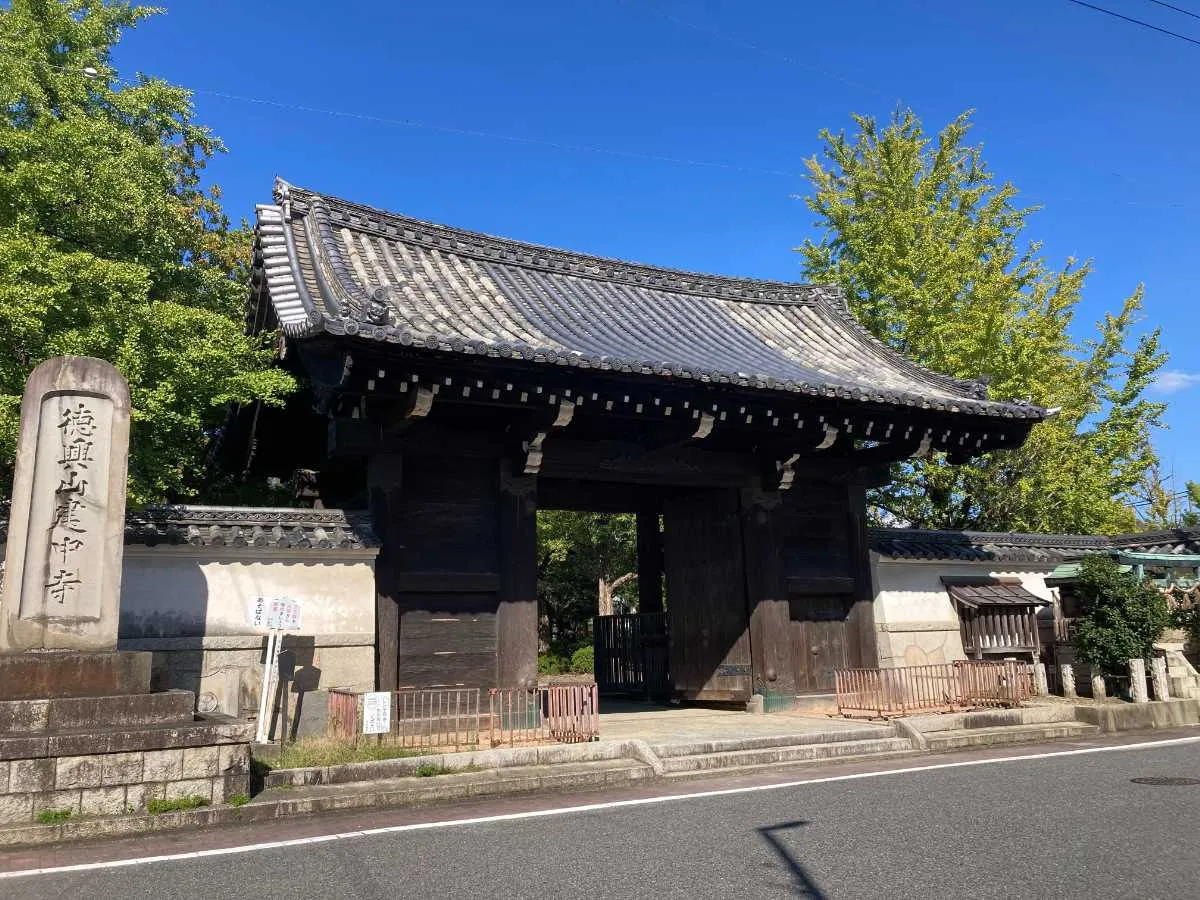



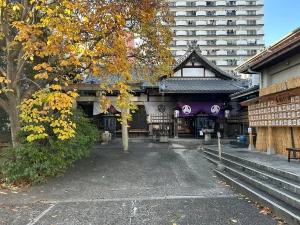

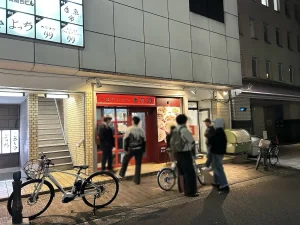

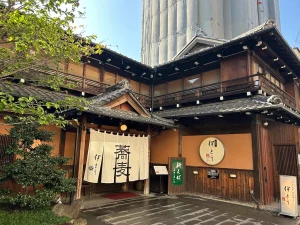

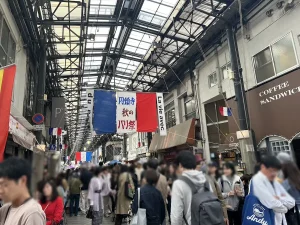

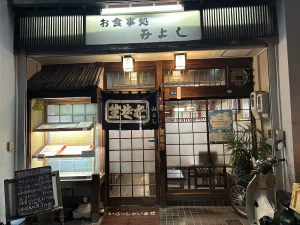



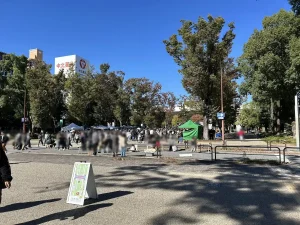

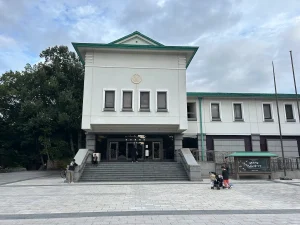

LEAVE A REPLY